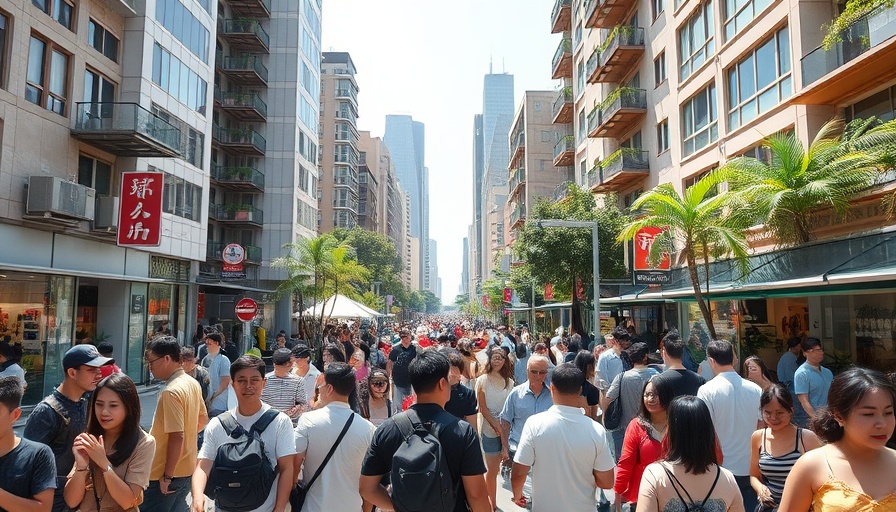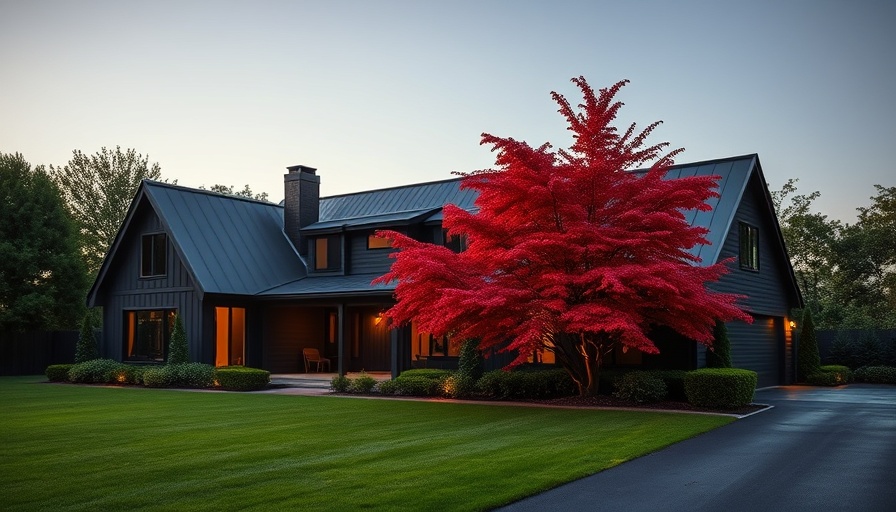
The Transformation of Urban Spaces: A Necessity for Modern Living
In an era where urban living is evolving, the repurposing of spaces once thought to be obsolete is not just a trend; it's a necessity. The conversion of the former Macy’s parking structure at the Westside Pavilion into the Overland & Ayres luxury apartments exemplifies this shift. As shopping habits change and indoor malls struggle to maintain profitability, developers like GPI Companies are taking the initiative to transform these spaces into quality housing that meets the demands of urban residents.
The Rise of Mixed-Use Developments: A New Housing Paradigm
The Overland & Ayres apartments, now housing 201 luxury units, represent a pivotal change in how we utilize urban spaces. By incorporating residential elements into former commercial structures, developers can cater to a growing population that values accessibility and convenience. This mixed-use approach not only assists in alleviating housing shortages but also fosters vibrant communities.
Embracing Sustainability: The Eco-Friendly Shift
Another benefit of such transformations is the potential for enhanced sustainability. By reimagining spaces that would otherwise remain barren, developers contribute to environmental conservation efforts. The Overland & Ayres project foreshadows a future where eco-friendly practices take precedence, aligning with California’s commitment to reducing its carbon footprint. This redevelopment strategy can lead to energy-efficient housing that minimizes reliance on traditional office spaces.
How Young Professionals and Families Are Shaping Real Estate Trends
The demographic seeking to live in developments like Overland & Ayres is diverse, comprising young professionals and families. As lifestyles change, so do housing needs. California's urban areas must adapt to these shifts by offering housing solutions that provide easy access to shopping, dining, and transport.
Historical Significance: From Mall to Modern Living
The Westside Pavilion wasn't just a mall; it was a cultural icon featured in popular media, bringing a sense of nostalgia to those who remember it. By transforming such iconic locations, developers preserve historical significance while paving the way for modern living. This juxtaposition of the past and future allows residents to enjoy contemporary amenities without losing the essence of their community’s history.
Future Implications: A Blueprint for Other Cities
This successful transformation may serve as a blueprint for other cities grappling with outdated commercial spaces. As more former malls and parking structures face similar fates, urban developers can learn from the Westside Pavilion’s example to create cohesive communities that prioritize residential living, pedestrian accessibility, and green spaces.
Conclusion: A Call to Reimagine Our Cities
The transformation of the Westside Pavilion calls for forward-thinking perspectives that accommodate changing lifestyles. As we venture deeper into urban living, the blending of residential, commercial, and recreational facilities could help create more sustainable environments for future generations. Inspired by this change, homeowners and potential buyers should consider the advantages of living in developments prioritizing convenience, community, and sustainability.
 Add Row
Add Row  Add
Add 




Write A Comment